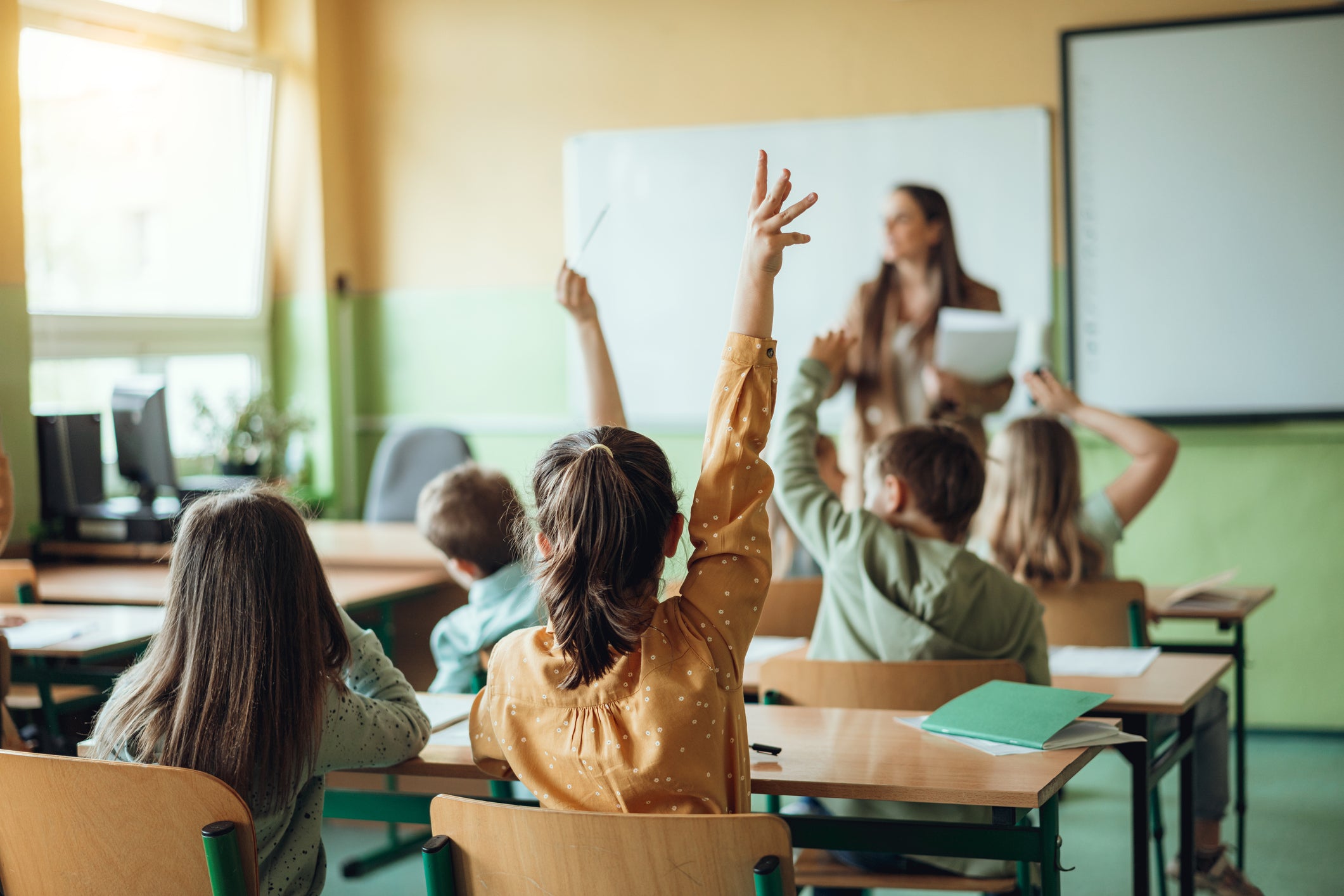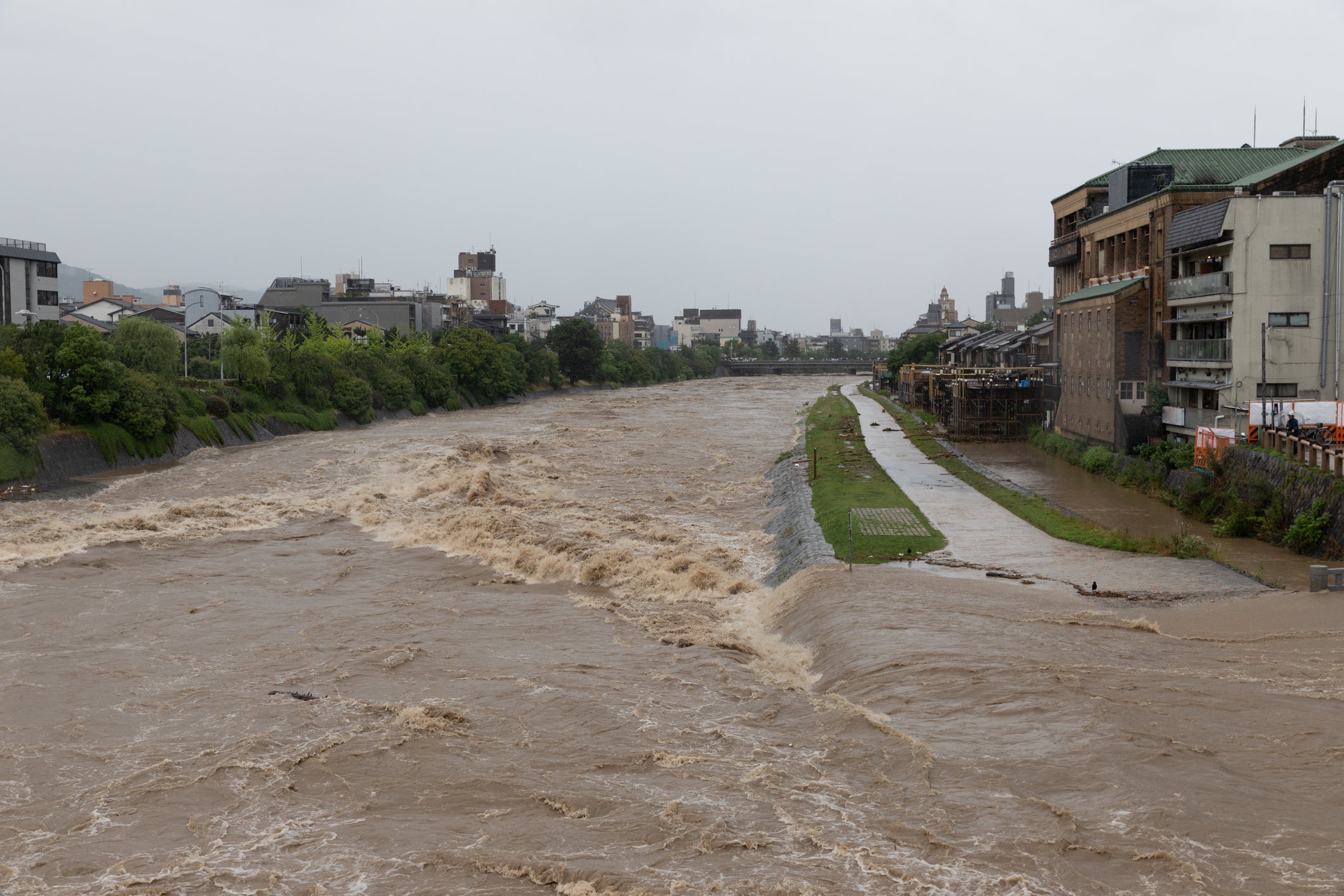How to keep children safe in natural disasters
table of contents
Introduction
1.Education for disaster countermeasures
2. Formulation of an evacuation plan
3.Communication during disasters
4. Psychological support during disasters
5. Necessary Supplies and Stockpiles
6. Continuing learning and education
summary
Introduction
Natural disasters can be unpredictable and sudden, creating a particularly vulnerable situation for children. Child safety is very important to minimize the risk of disasters. This article details some ways to keep your children safe during natural disasters.
1.Education for disaster countermeasures
1-1 Provision of knowledge
It is important to provide children with a basic knowledge of the types of natural disasters and the associated risks. Improve your understanding of disasters such as earthquakes, floods, and hurricanes, and teach them how they occur and what impact they have. Also, learn about extreme weather and warning systems, and develop your ability to recognize the warning signs of disaster.
1-2 Guidance on appropriate behavior
It is important to teach children what actions to take in a disaster. Taking appropriate action will improve their safety. For example, teach them to "drop, cover and hold" and ask them to hide under their desks in the event of an earthquake. Also, when evacuating, teach how to move to a safe place and evacuation routes.
1-3 Practice and training
It is effective for disaster preparedness education to be accompanied by actual practice and training. Provide opportunities for children to develop appropriate behaviors by conducting evacuation drills on a regular basis. Evacuation drills practice specific skills, such as safely navigating to evacuation sites and using emergency exits. This will enable you to respond calmly in the event of an actual disaster.
1-4 Use of games and activities
Use games and activities to keep children engaged. Help them learn disaster preparedness knowledge while having fun with disaster quizzes, puzzles, and role-plays. Encourage independent learning by holding workshops where children create their own family and community evacuation plans.
1-5 Community involvement
It is important that education on disaster preparedness is addressed in schools and in the local community as a whole. Work with local experts and relief organizations to organize workshops and lectures to teach children the importance of disaster preparedness and practical skills. In addition to children and their families, teachers and community leaders should also be included to raise awareness of safety in the community.
2. Formulation of an evacuation plan
2-1 Have a family discussion
Get the whole family together, including children, and discuss a disaster evacuation plan. It is important that children are given the opportunity to voice their opinions and concerns, and that the whole family works together to develop a plan.
2-2 Selection of evacuation site
Identify local evacuation facilities and safe areas. Nearby public facilities, schools, community centers, etc. may be suitable evacuation sites. Once you have decided on an evacuation site, visit it with your children and check the evacuation route and the features of the surrounding area.
2-3 Confirmation of evacuation routes
Confirm evacuation routes with the whole family. Choose the shortest, safest and least obstructed route possible. Walk the route with your children and identify any dangerous spots or meeting points along the way. Also, consider placing emergency equipment and maps along evacuation routes.
2-4 Establishment of contact method
Establish a way for your family to stay in touch during a disaster. It is important for children to remember emergency contact phone numbers and means of communication (cell phone, radio, etc.). Find out how everyone in your family communicates and make sure you can communicate smoothly in an emergency.
2-5 Prepare an evacuation bag
Prepare an evacuation bag filled with supplies you will need in the event of a disaster. Give children individual bags so they can store their own essentials. Include emergency food, water, clothing, medicines, comfortable clothing, and recreational items such as toys and books in your bag. Find out what items your child needs based on their age and special needs.
2-6 Regular training
Conduct regular evacuation drills to put your evacuation plan into practice. By doing drills with children, you can actually experience the evacuation route and how to move to the meeting place. Make training fun and give your children a sense of confidence and security.
3.Communication during disasters
3-1 Providing concise and clear information
Children need clear and concise information to understand situations. In the event of a disaster, try to provide explanations that match the language and understanding levels of the children. Avoid unnecessary details and complexity and focus on conveying the main points.
3-2 Calm demeanor and use of voice
Children are sensitive to adults' attitudes and tone of voice. During a disaster, it is important to remain calm and calm and speak in a calm voice. Don't rush or scold them, but try to make them feel safe.
3-3 Use understandable words and expressions
Use words and expressions that are easy for children to understand. Avoid jargon and difficult words, and use simple, specific language. It is also effective to use metaphors and diagrams that are easy for children to imagine.
3-4 Responding to and Answering Questions
Children may have questions and concerns about disasters. Listen to their questions and answer them as honestly and appropriately as possible. If there is something you don't understand, it is important to tell them honestly and look up the information at a later date and respond.
3-5 Providing security and support
Provide reassurance and support to children in times of disaster. Acknowledge their feelings and anxieties, empathize with them, and offer the support they need. Consider not only physical safety, but also psychological safety, so that children are not exposed to fear or stress.
3-6 Use of picture books and storytelling
Children tend to receive information through picture books and storytelling. For disaster communication, you can use picture books and storytelling to convey information to children. To keep them engaged, have characters and stories they can relate to.
4. Psychological support during disasters
4-1 Provision of a safe environment
Children need to be in a safe environment. In shelters and temporary shelters, ensure that children have privacy and can interact with friends and family. It is also important to provide opportunities for play and learning so that children can regain some sense of normality.
4-2 Promotion of acceptance and expression of emotions
Children may experience a range of emotions after a disaster. Encourage them to accept and express their feelings. We offer ways to express your feelings, such as speaking, drawing, and writing. It is also important to empathize with children's emotions and offer support.
4-3 Ensuring stability and routine
In the event of a disaster, daily life may be disrupted. It's important to provide stability and routine for children. As much as possible, maintain a regular pattern of eating, sleeping, and studying regularly. This allows children to live in a predictable environment and feel safe.
4-4 Use of picture books and games
Picture books and games help children psychologically. Provide appropriate picture books and games for children after a disaster. Help them process emotions and reduce stress. It is also important to provide opportunities for children to experience fun and joy through play.
4-5 Utilization of Expert Support
It is also important to take advantage of the assistance of experts in times of disaster. Use a professional who can help with your child's psychological needs, such as a psychological counselor or psychological support team. They support the mental health of children and provide the care and advice they need.
5. Necessary Supplies and Stockpiles
5-1 Food
Emergency rations : Stock up on emergency foods that can be stored for a long time, such as energy bars, dried fruits, canned or packaged foods.
Diapers and baby food : If you have a baby or toddler, stock up on the diapers and baby food you'll need.
Special Dietary Restrictions : If your child has specific dietary restrictions or allergies, stock up on foods that meet those restrictions.
5-2 Water
Drinking water : Clean drinking water is necessary in times of disaster. Each child needs about 1 liter of water per day , so stock up on that.
Water storage container : Have an airtight container or bottle to store drinking water.
5-3 Clothing and bedding
Extra clothing : Have extra clothing for your child's growth. In particular, underwear, socks, jackets, trousers, and shirts are important.
Bedding : Bring sleeping bags and blankets. Make sure your children can sleep comfortably.
5-4 Medical supplies and first aid supplies
Medicines Needed : Stock up on your child's specific medicines and prescriptions, if any.
Medical supplies : General first aid supplies such as plasters, bandages, disinfectants, heat sheets, and medical tapes.
Games and books : It is a good idea to stock up on games, picture books, and puzzles that children can enjoy so that they will not be bored in the event of a disaster.
6. Continuing learning and education
6-1 Create a study plan
Create a study plan before a disaster strikes and prepare for continuous learning even in the event of a disaster. Set goals and progress schedules based on the school curriculum, and plan the necessary learning content and activities.
6-2 Utilization of online education platform
In the event of a disaster, schools may be closed or there may be restrictions on going out. In such cases, online education platforms and learning applications can help children continue their studies at home. Consider using schools and institutions that offer online classes and learning resources.
6-3 Family and community support
It's also important to partner with family members, community members, and local education professionals to support your child's learning. Let's support the continuation of children's education by working together, such as sharing information, consulting on learning, and providing teaching materials.
6-4 Creation of learning opportunities
Although there may be restrictions in the event of a disaster, it is also important to create opportunities for learning. For example, stimulate children's curiosity and creativity through family reading time, discussion, science experiments, crafts and other learning activities.
summary
Ensuring the safety of children in the event of a natural disaster includes various elements such as disaster preparedness education, evacuation plan formulation, communication, psychological support, and preparation of necessary supplies and stockpiles. Children are particularly vulnerable and it is critical that families, schools and local communities work together to protect their safety and well-being.








